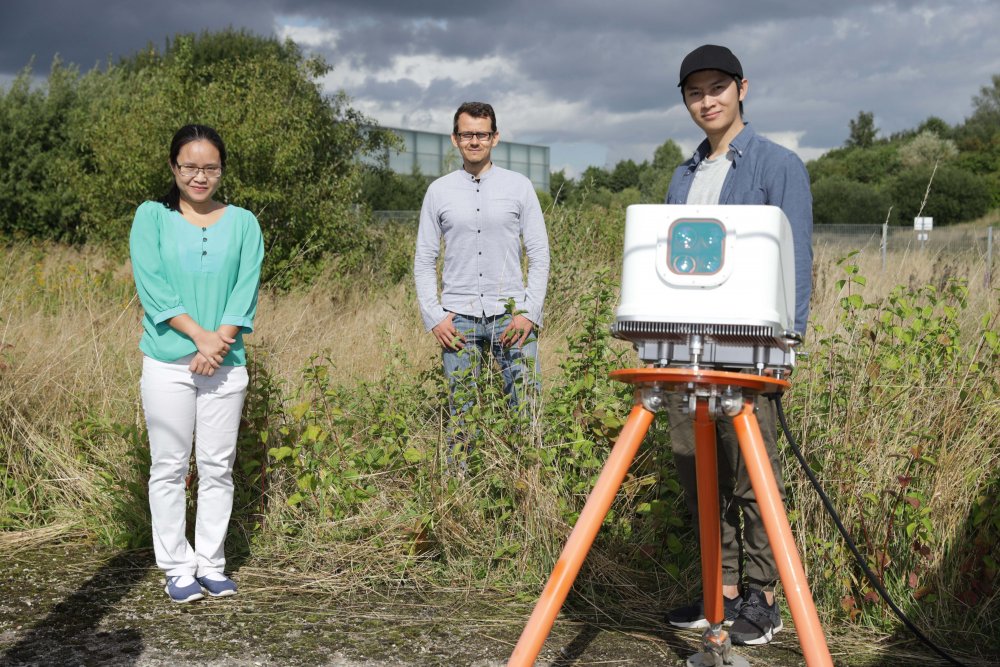
Two years ago, Professor David Schlipf of the Wind Energy Institute at the Flensburg University of Applied Sciences (Germany) taught wind turbines how to see their surroundings. The turbines are able to predict oncoming gusts of wind with the help of a LIDAR detection system. They are then able to respond accordingly to that data. “The turbines can then move the rotor blades out of the way of the wind in time,” says Schlipf. “This reduces the load on them, for one thing. The turbines will run more quietly that way.” Thanks to the LIDAR detection system, which works a bit like radar, turbines can effectively see oncoming gusts of wind. This makes the wind turbines more intelligent.
Schlipf had already worked on this predictive control unit during his doctorate. “For the first time ever worldwide, I was able to test it at a real plant in the USA. It was really pioneering work back then.” The system should become even more intelligent now, seeing that David Schlipf and his doctoral student Feng Guo are making the ‘eyes’ smarter, i.e. the LIDAR detection system.
‘Smart LIDAR‘
“Now we’re aiming to revamp the system,” David Schlipf says. In addition, any associations with “smart home” systems and apps like the ones on smartphones come pretty close to what Schlipf wants to achieve with the development of a ‘Smart LIDAR’ system. “We are researching potential applications within the framework of a European research project. This will help to convert the raw data of the LIDAR system into better and situation-adapted signals for the system,” the professor explains.
Raw data obtained so far with the current LIDAR systems are only of limited use for long-lasting real-time control of wind turbines. In future, wind turbines will adjust themselves even better to prevailing wind conditions and communicate with each other. According to Schlipf, they can do this when engineering aspects of control systems are taken into account. Or by adapting to the environment of a site (offshore or on mountain slopes).
Various scenarios
What’s more, Schlipf and his team have set themselves an additional goal as part of their current research project. Wind turbine manufacturers are given the opportunity to gain certification with a smart LiIDAR system. They could use the applications to test various wind scenarios at a variety of locations. This would enable them to show, for example, “that turbines can withstand the conditions on mountain slopes as well as those on offshore platforms.”
A LIDAR manufacturer has recently donated a new prototype to the WETI Institute in aid of research.
Title picture: Predictive windmills: Professor David Schlipf, PhD student Feng Guo and student Thi Le use a “smart” LIDAR system to spot oncoming gusts of wind Photo: Marcel Schedat.








